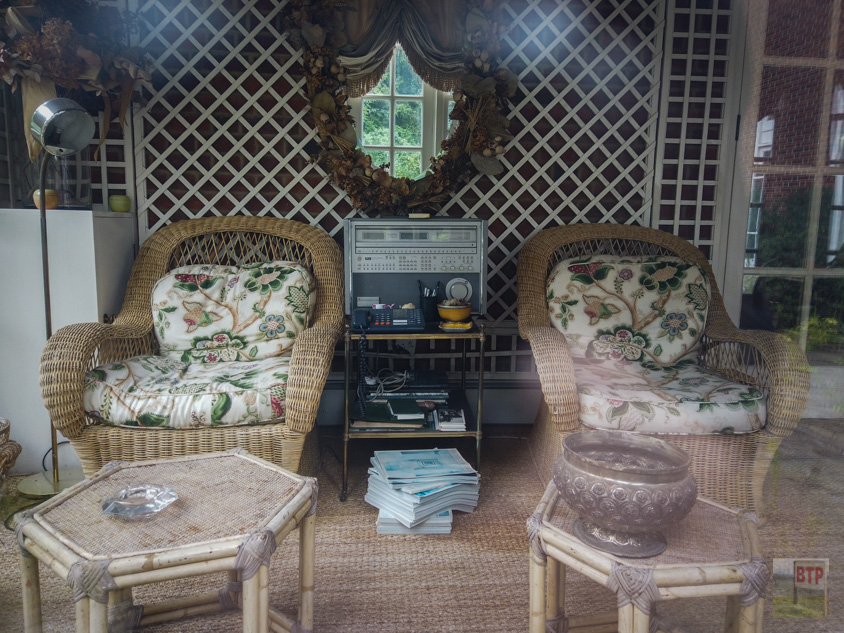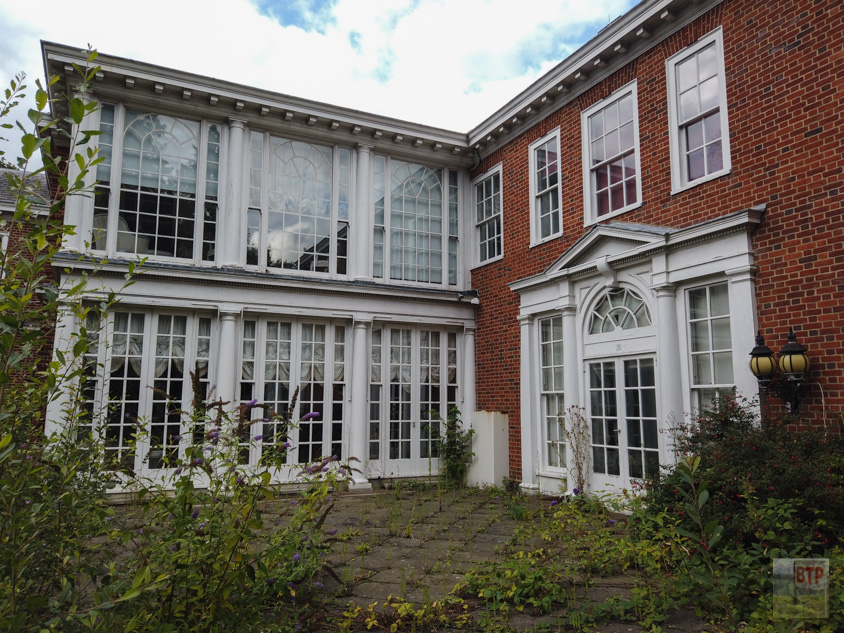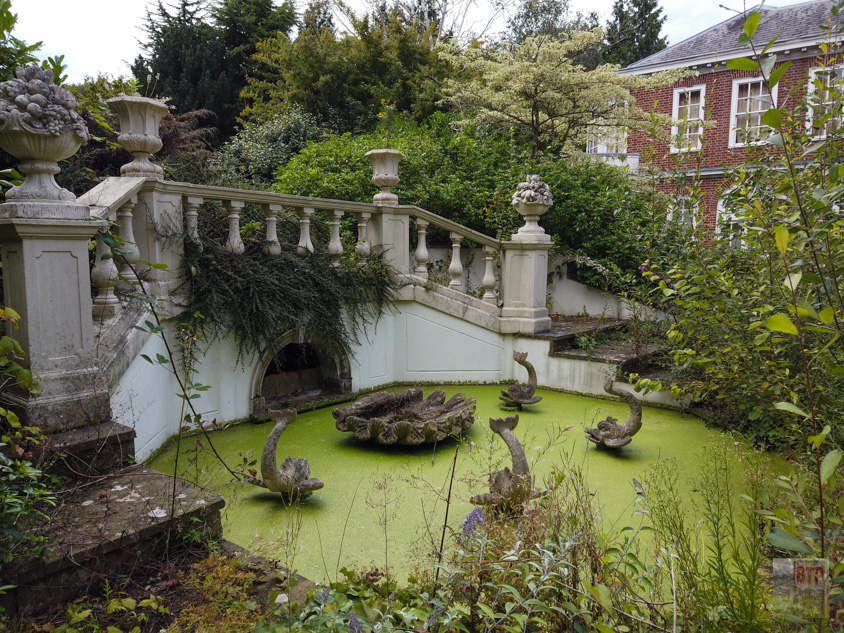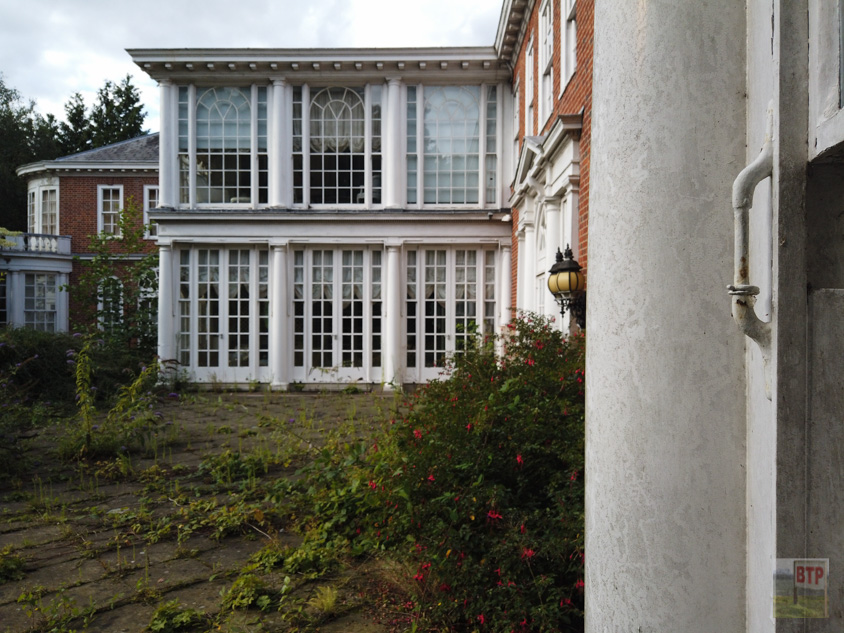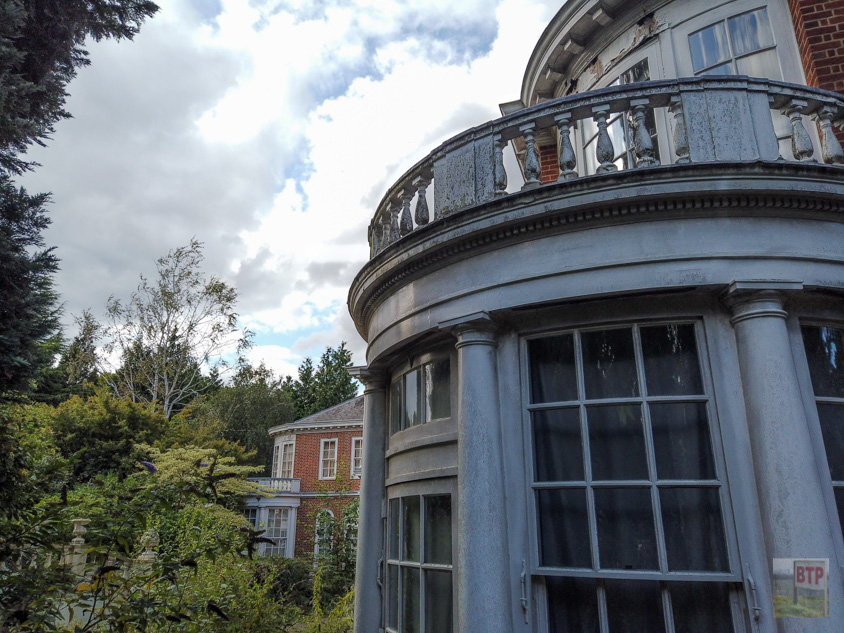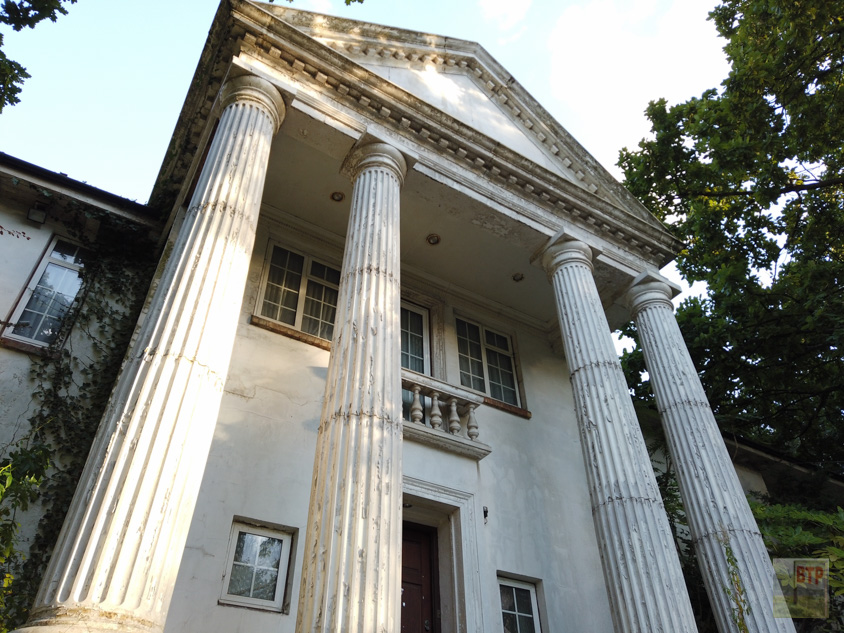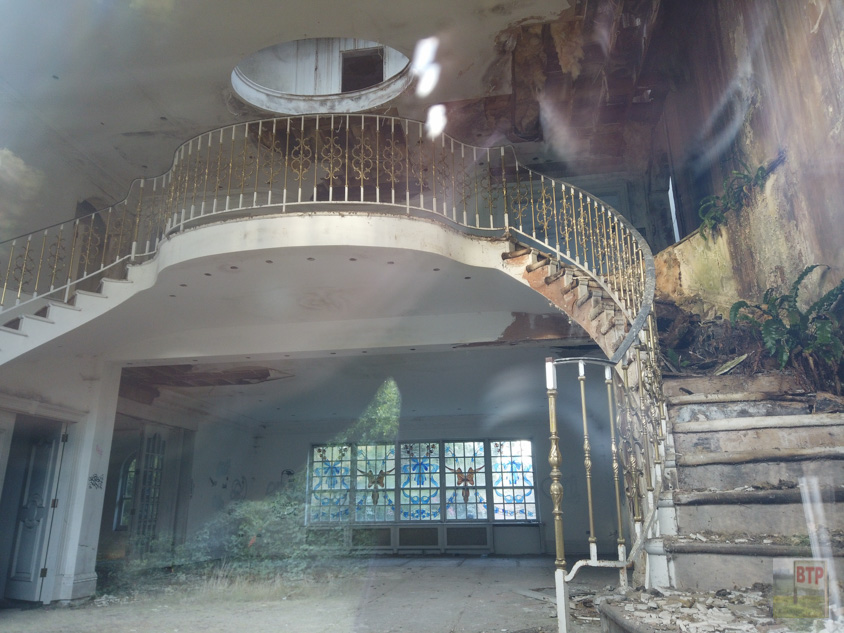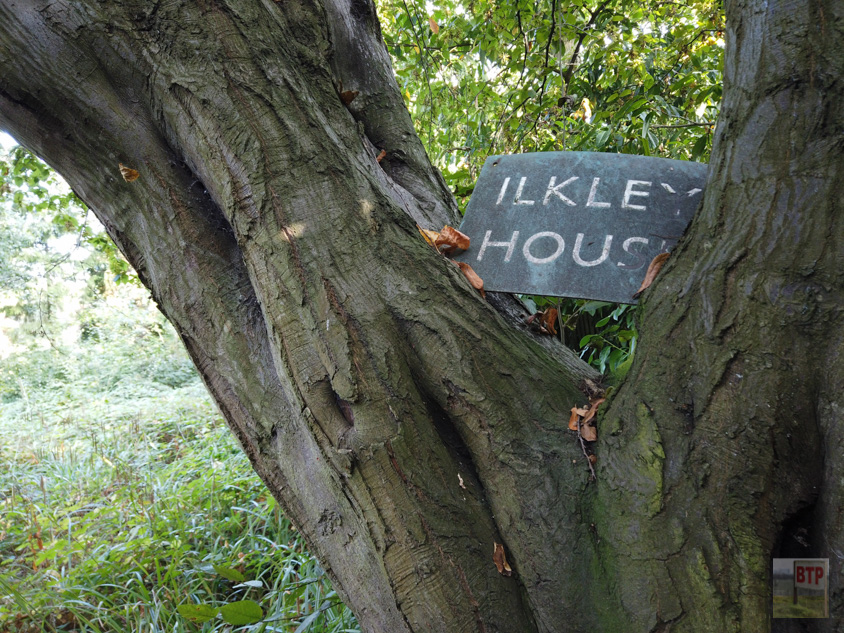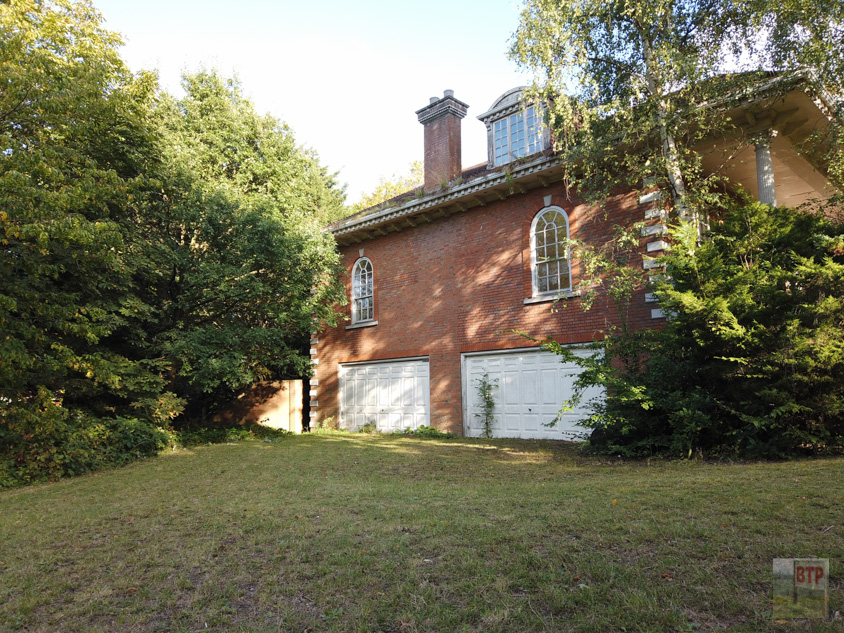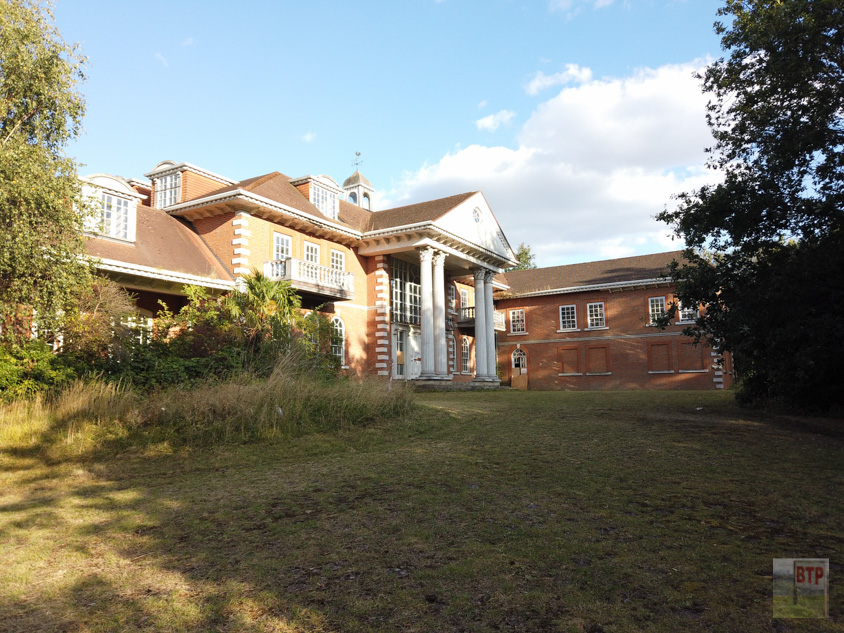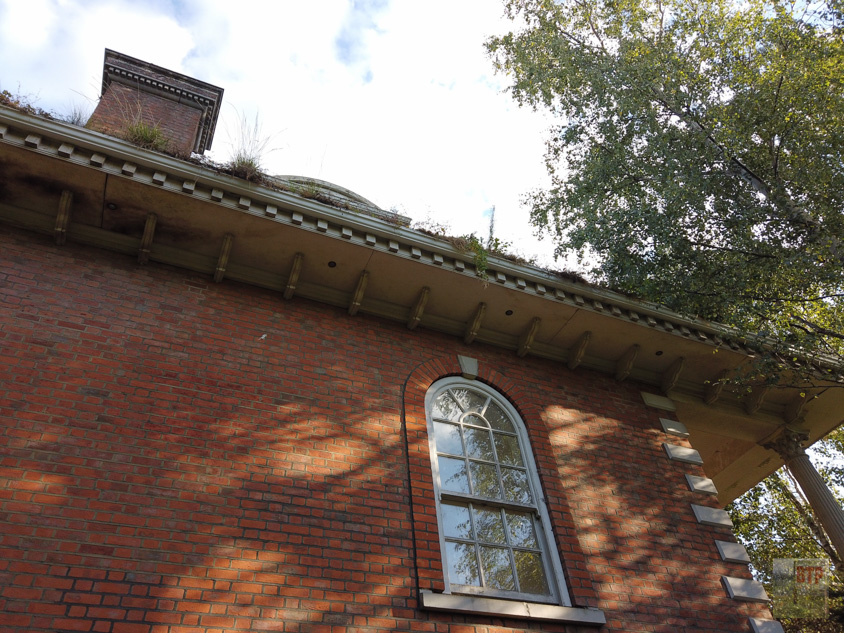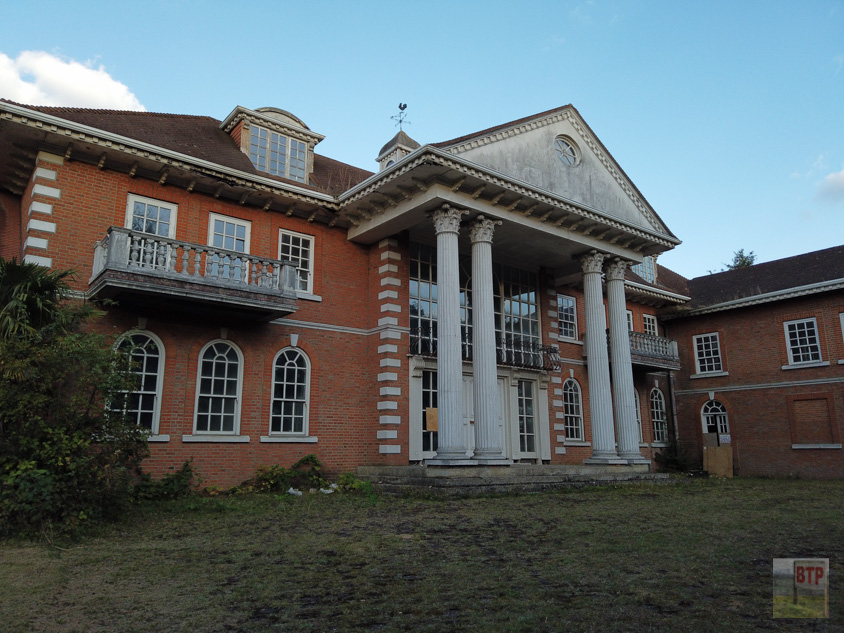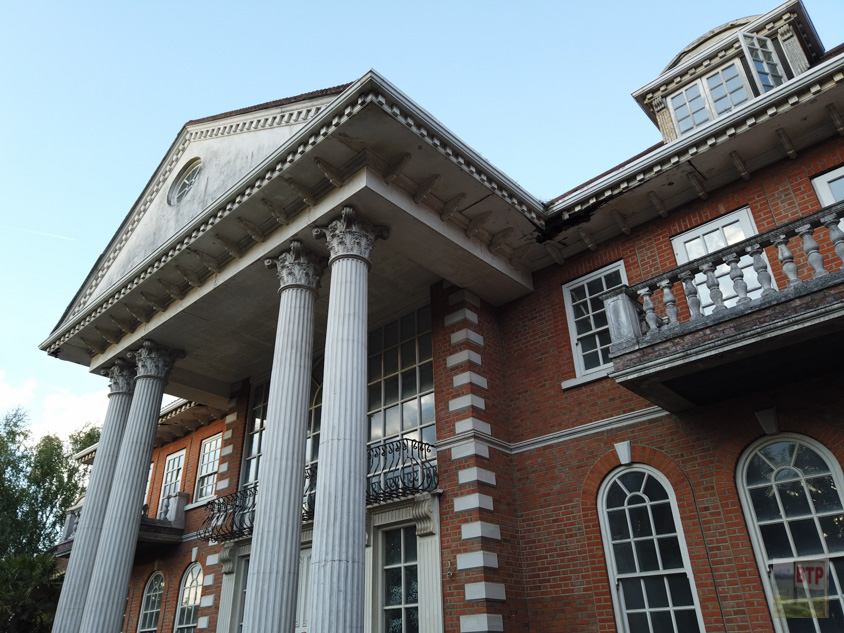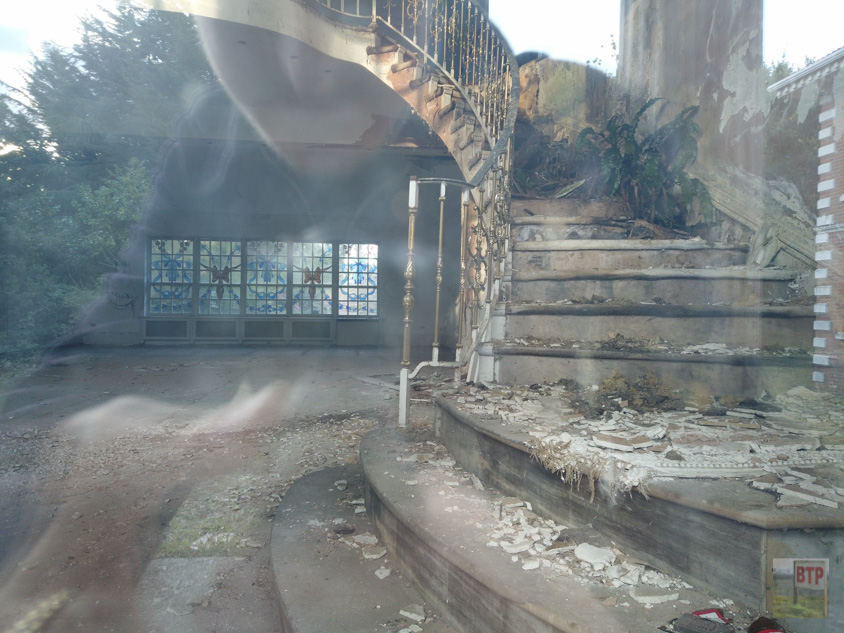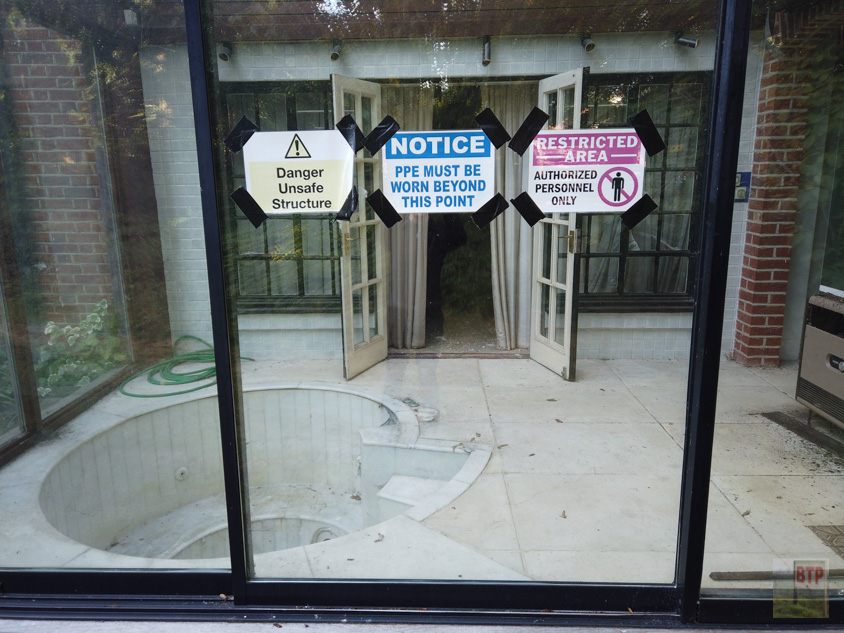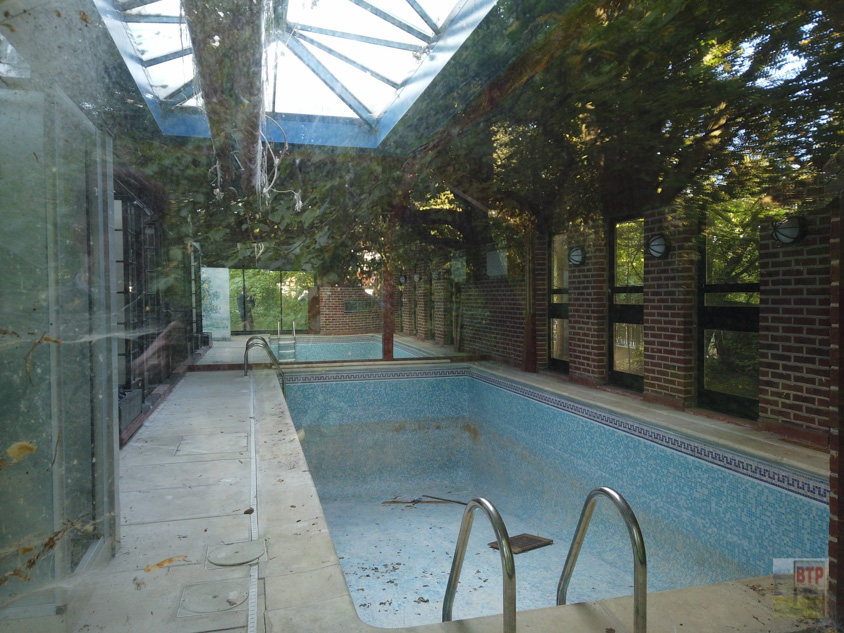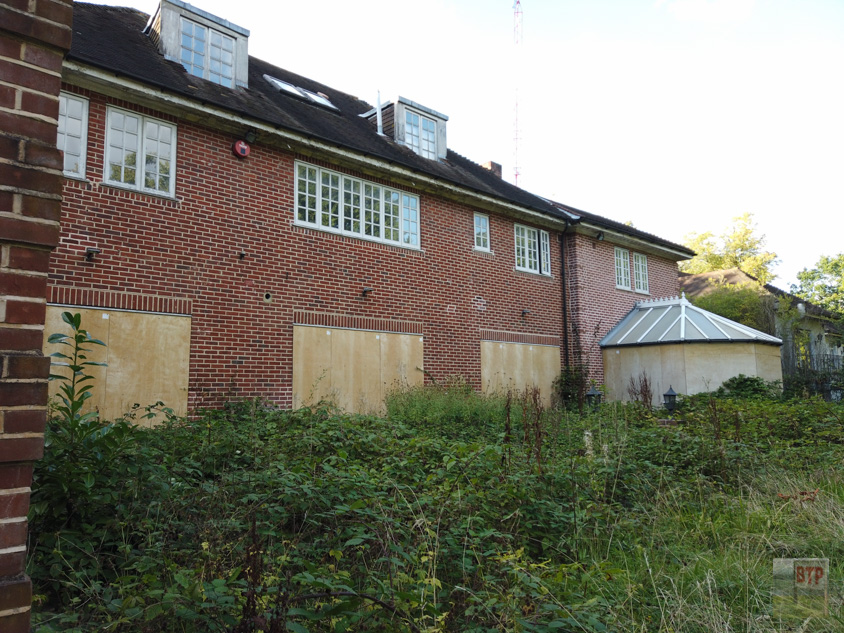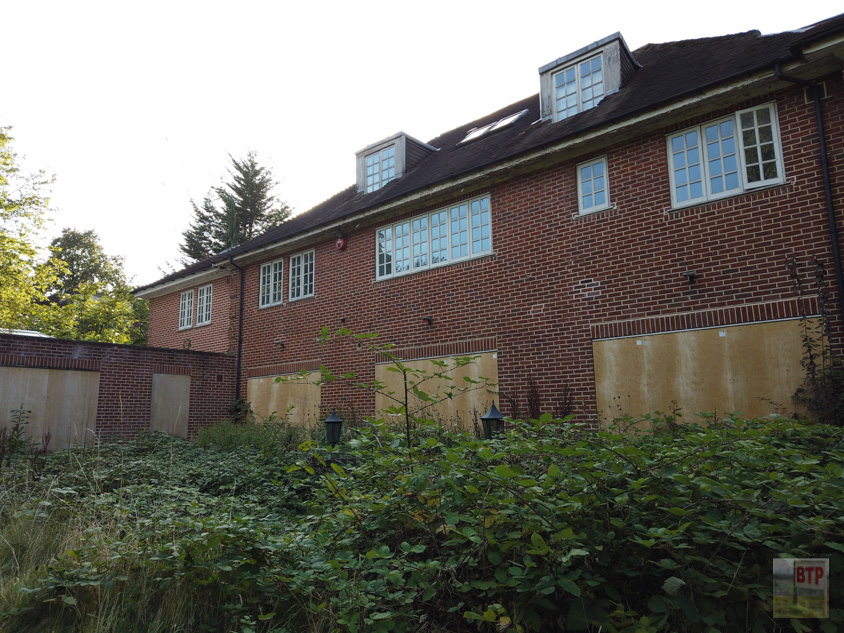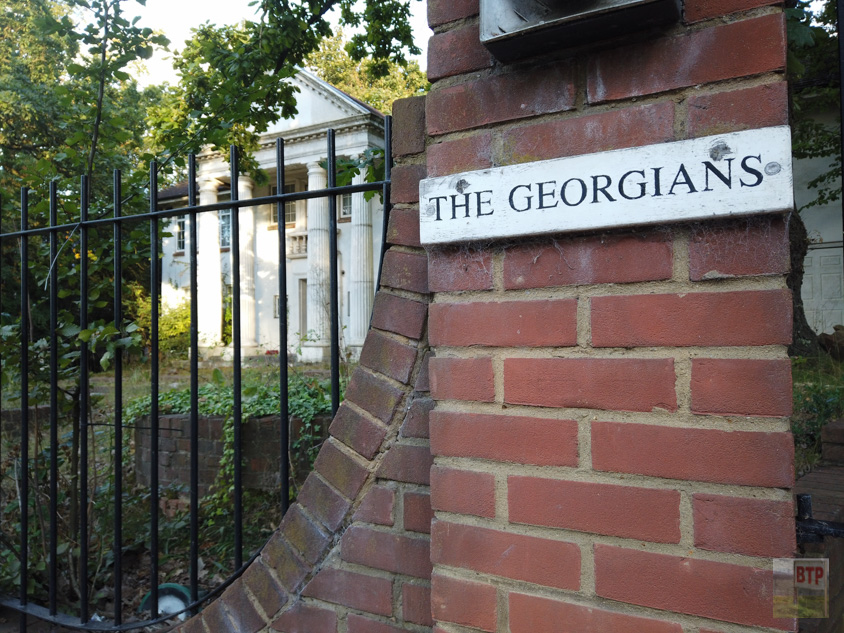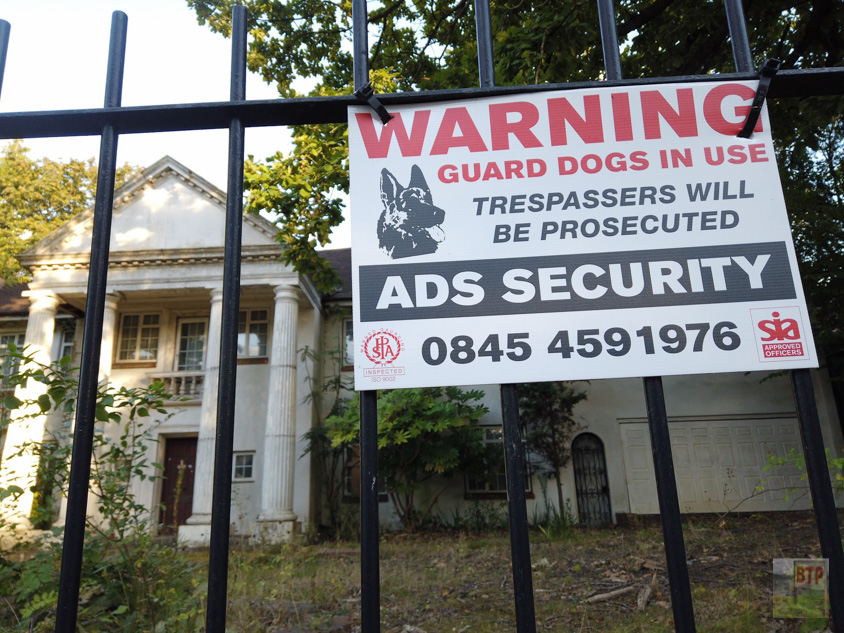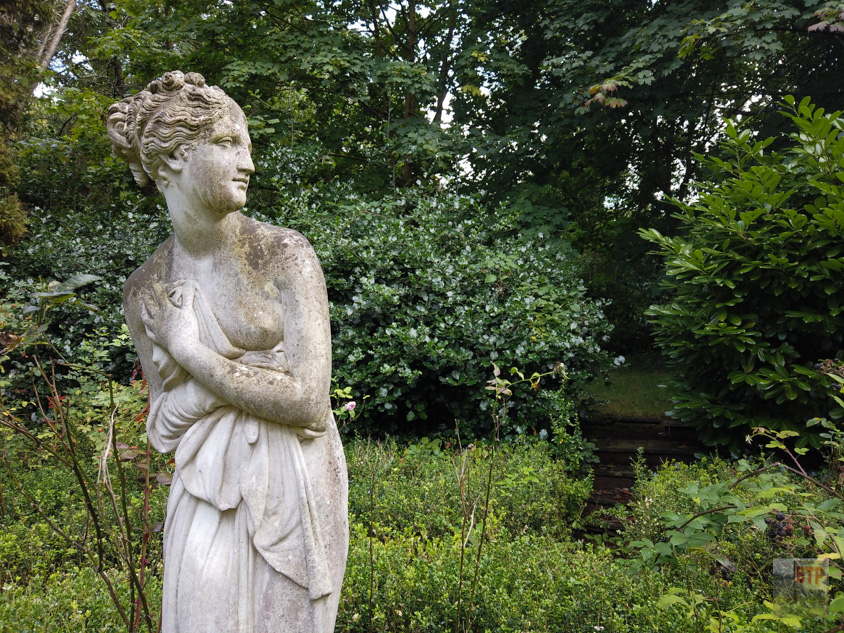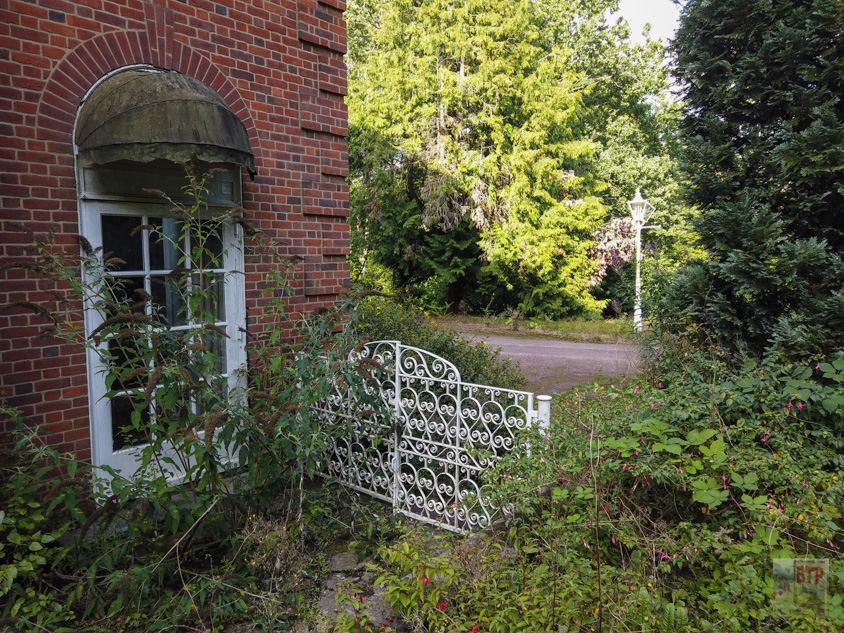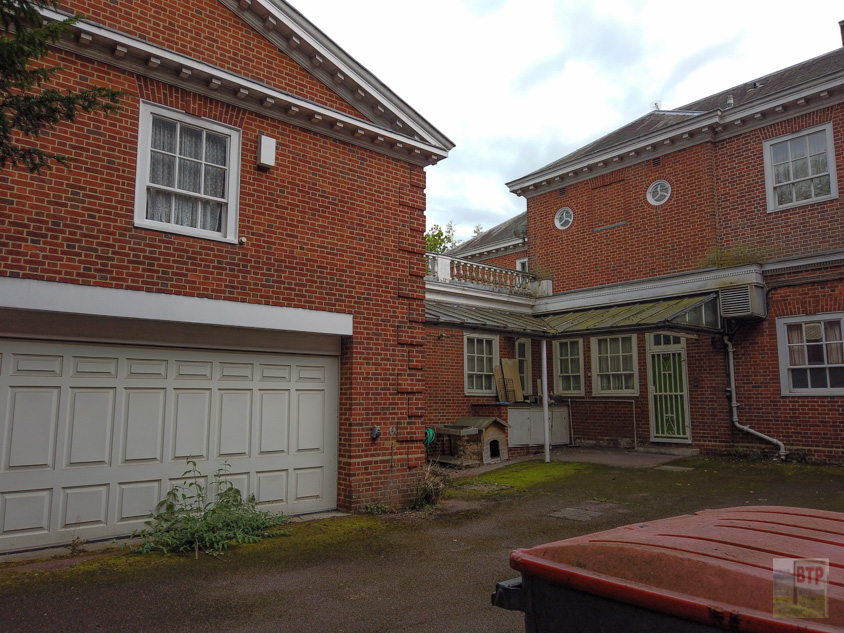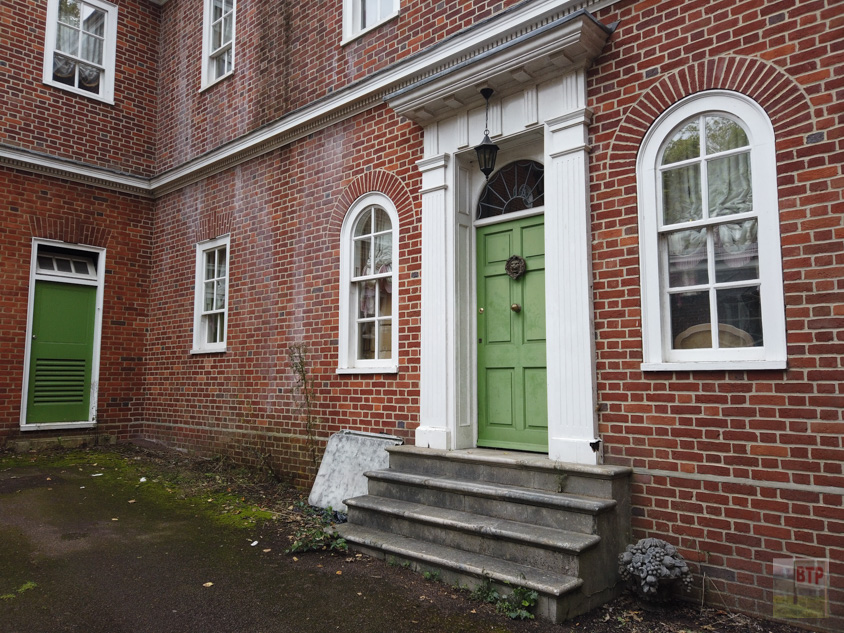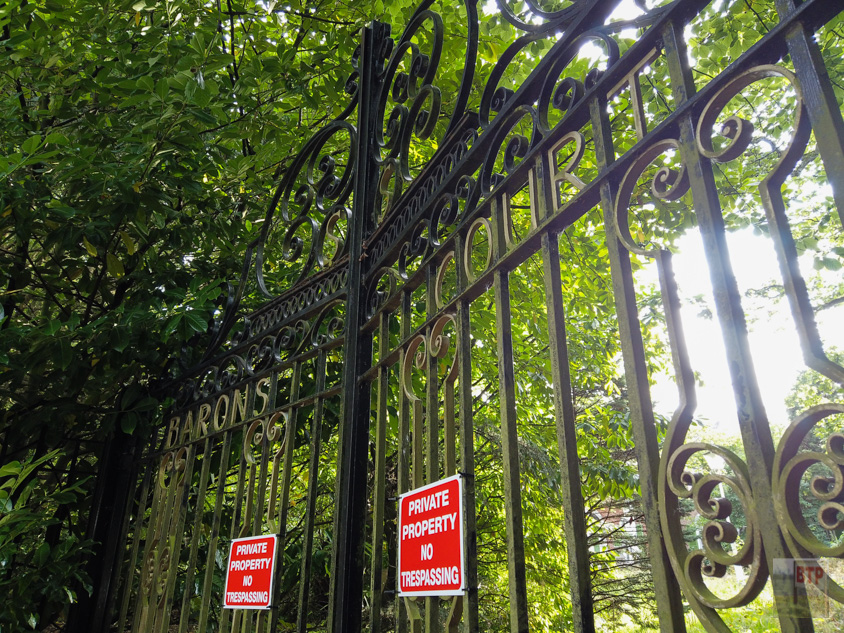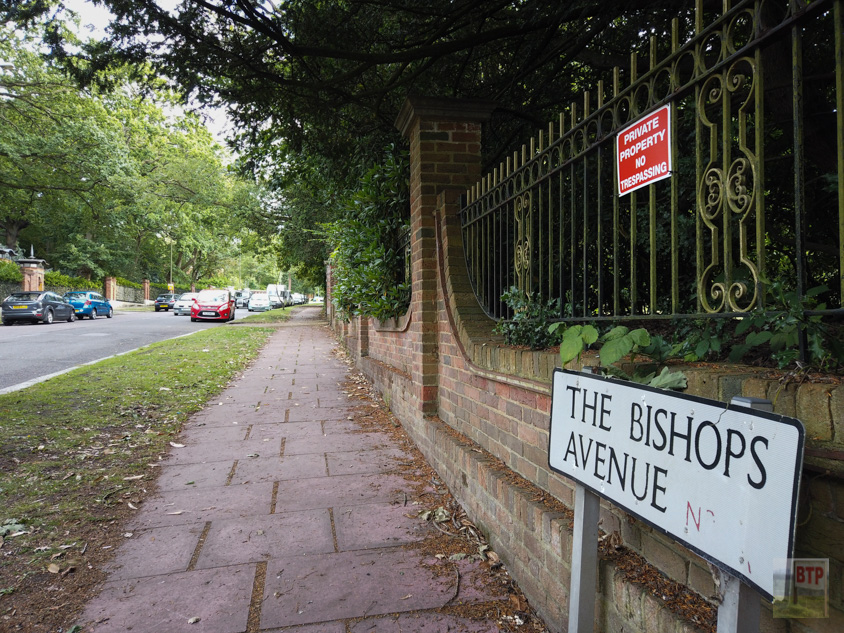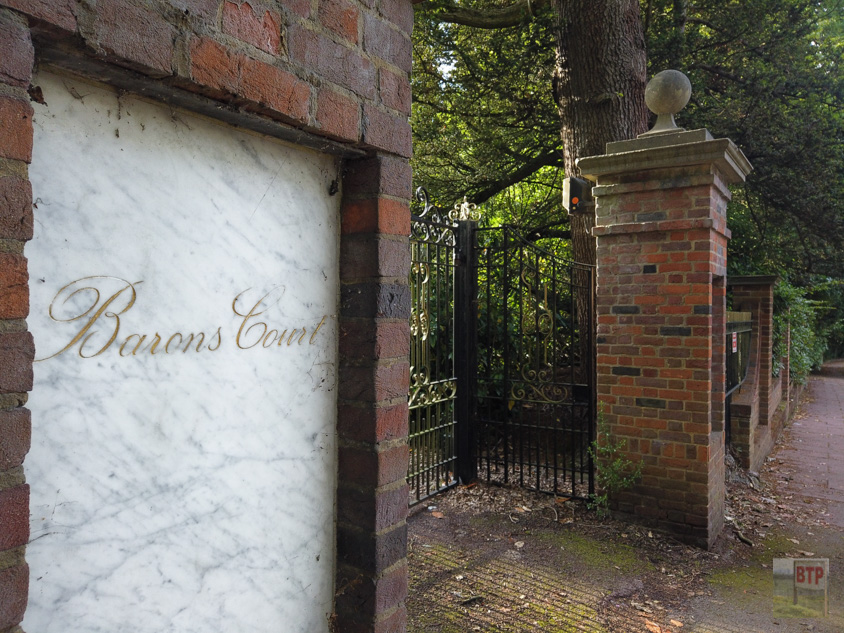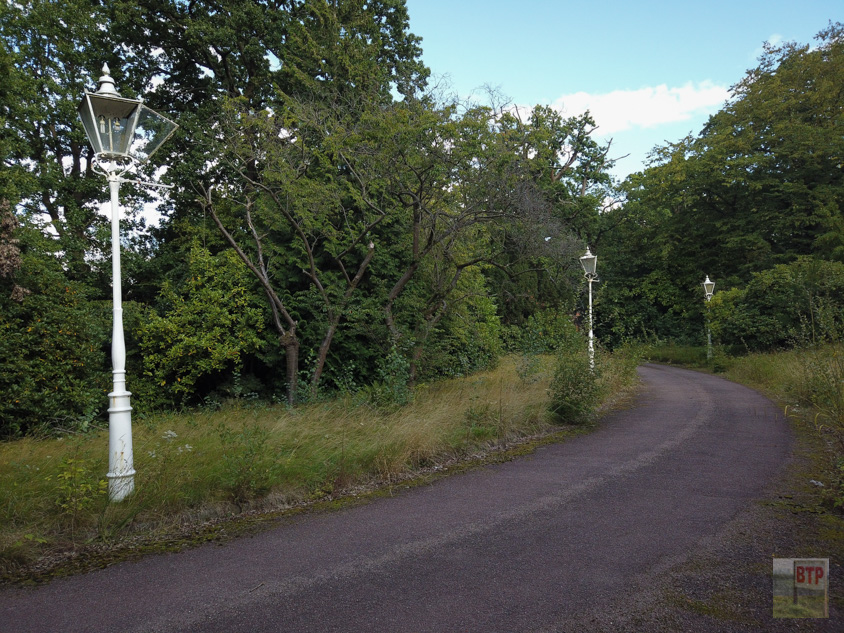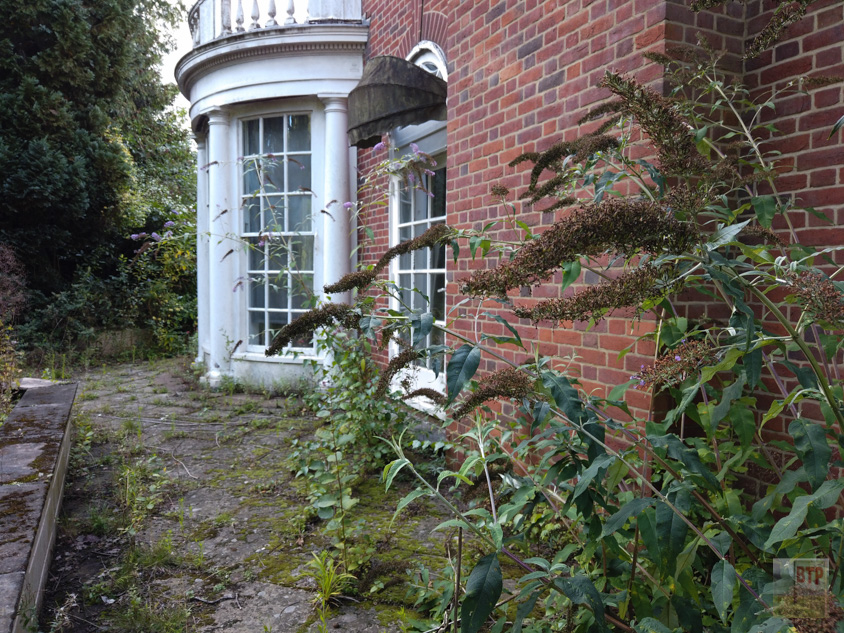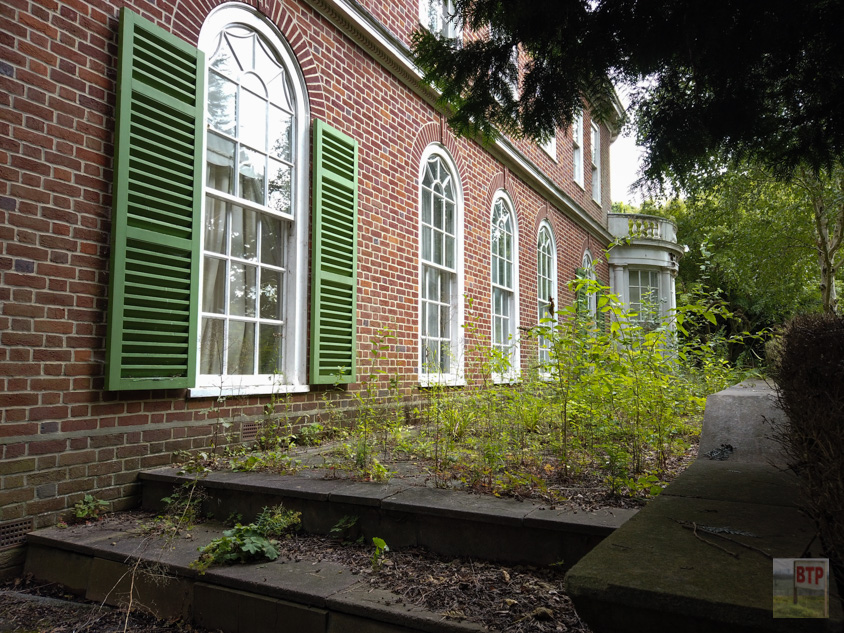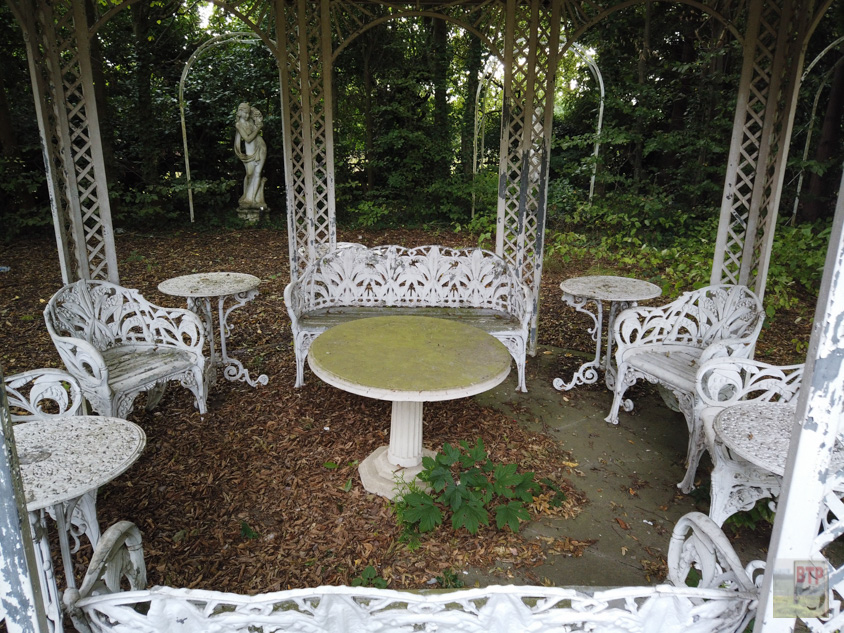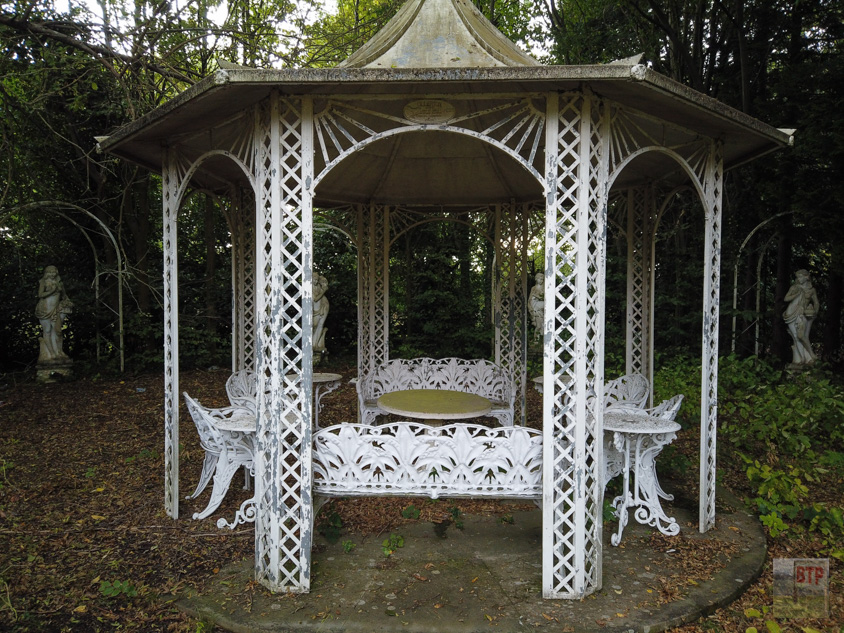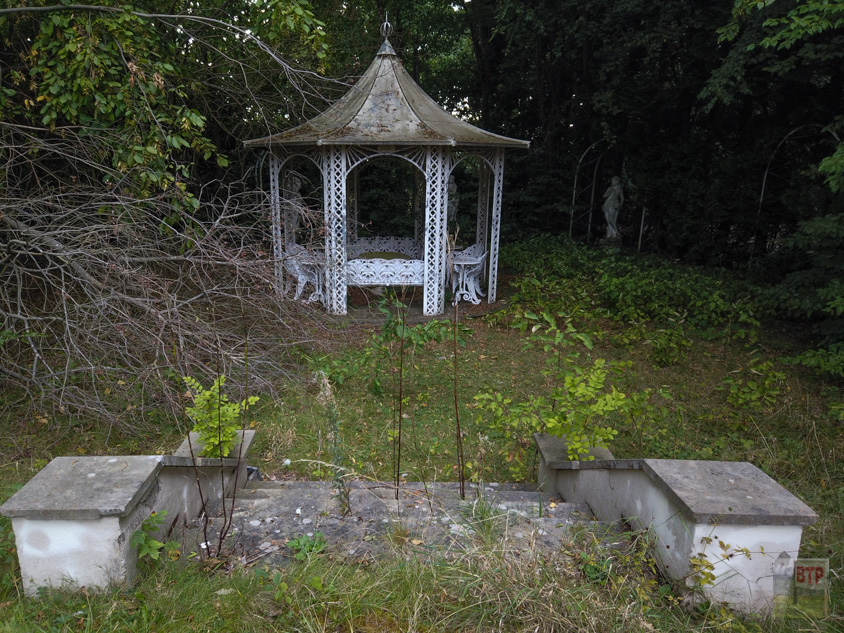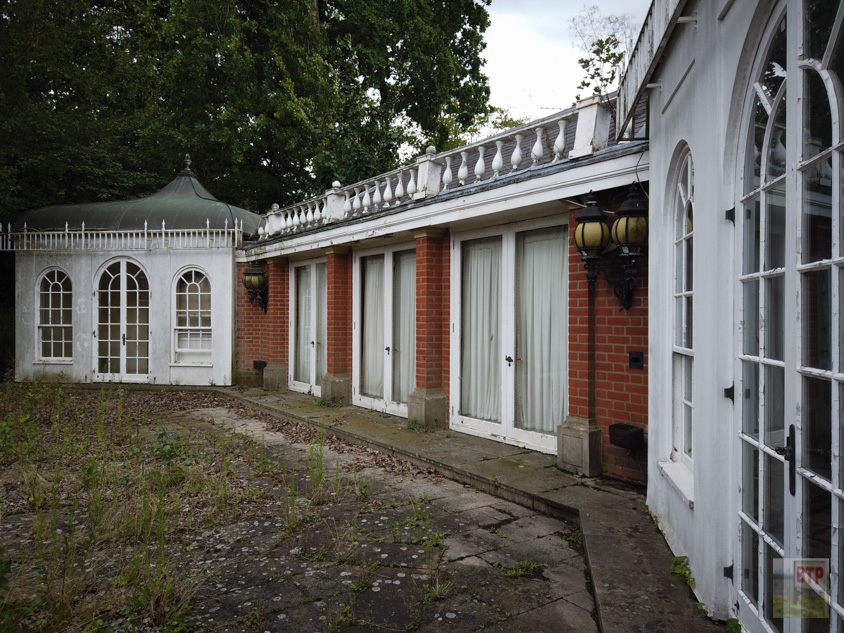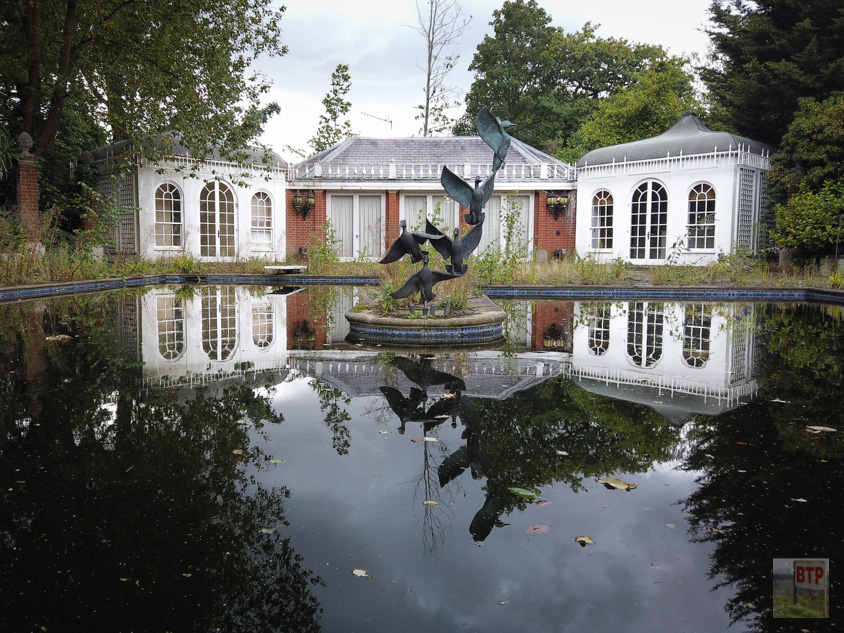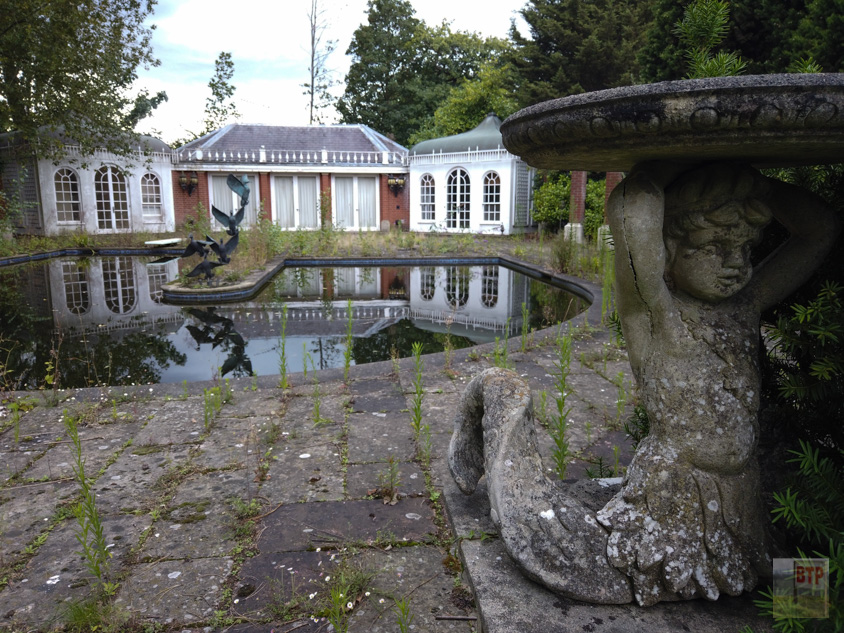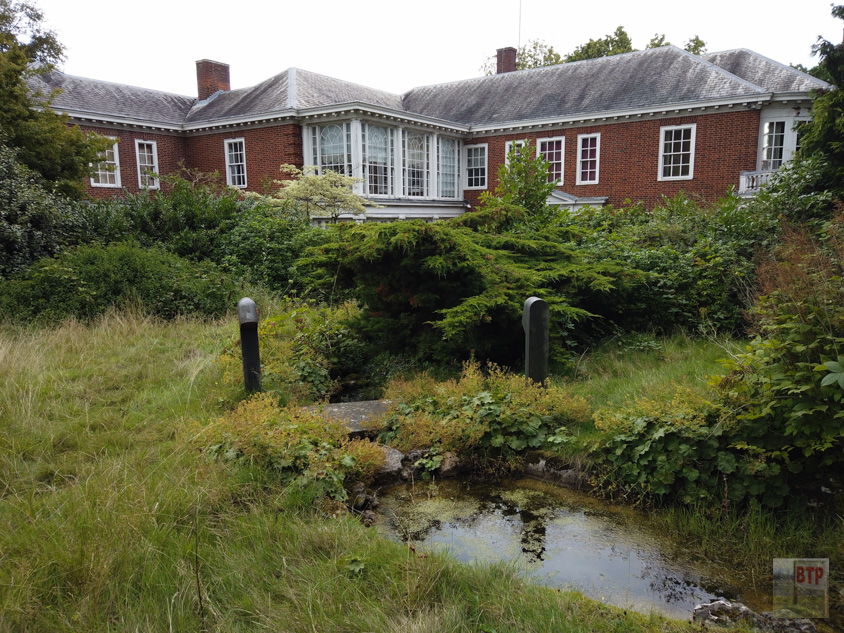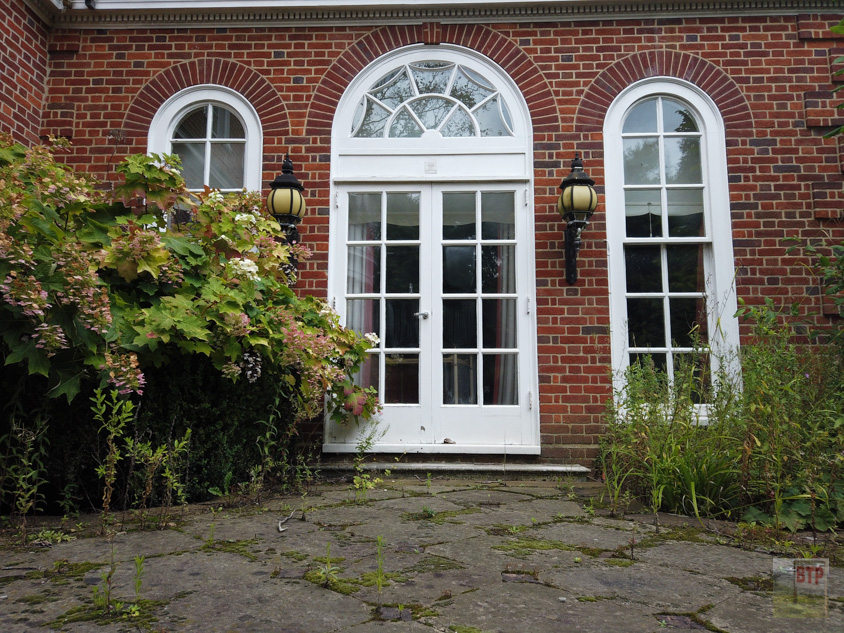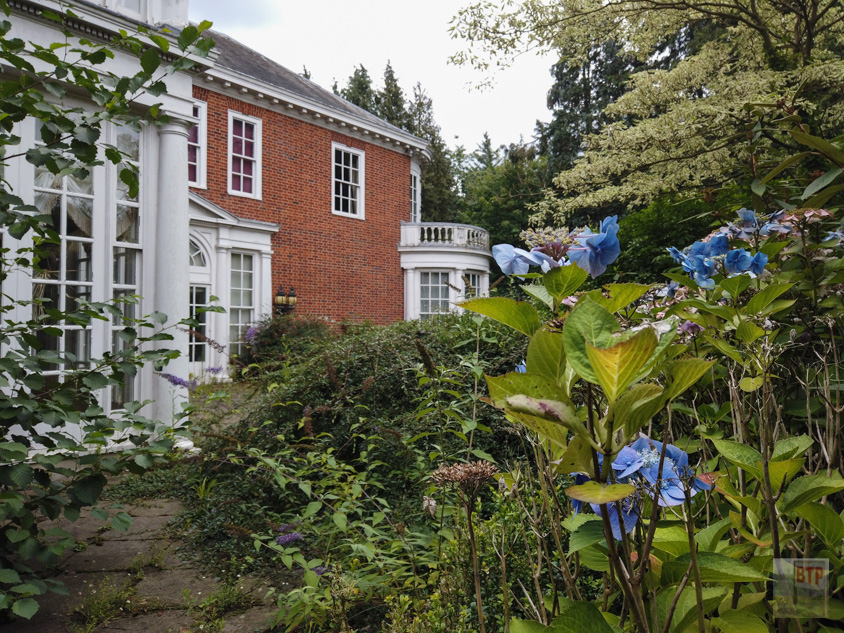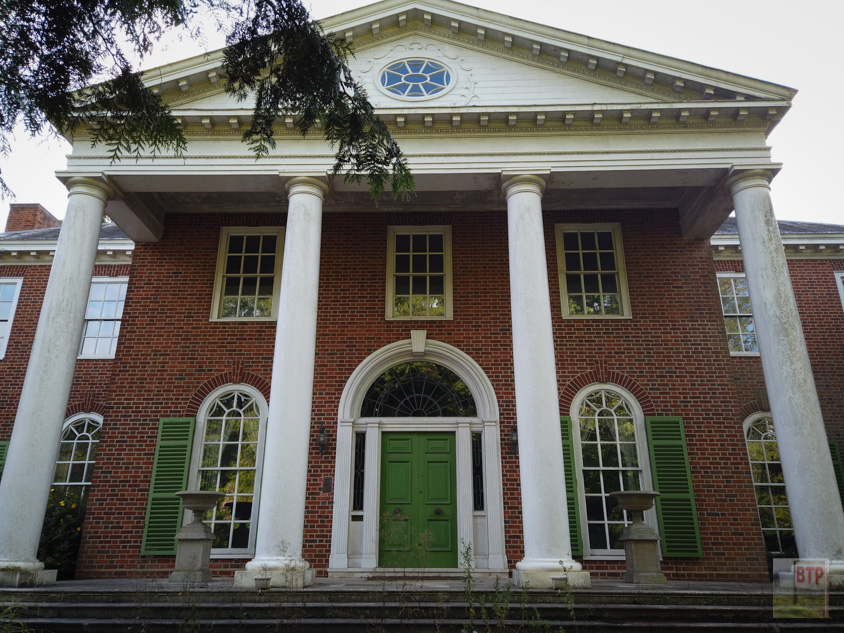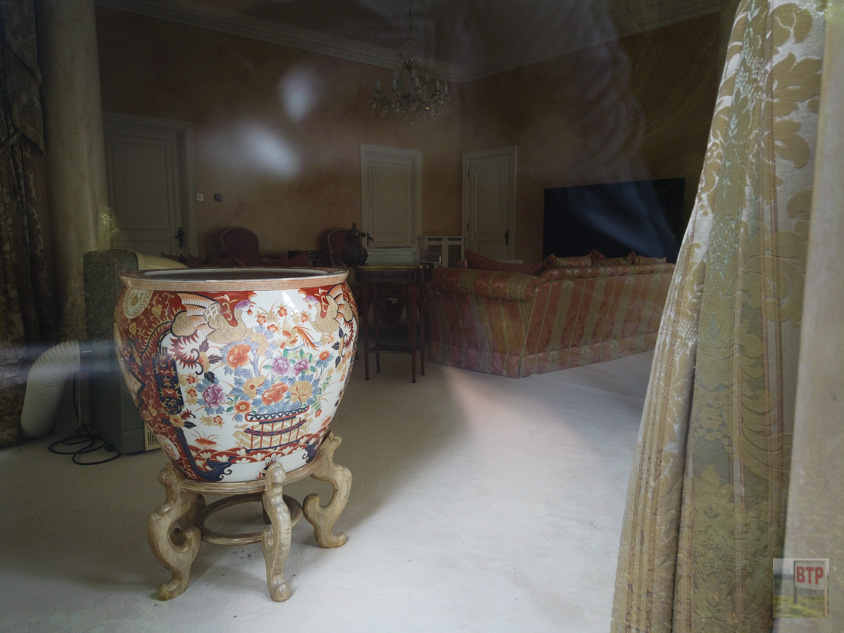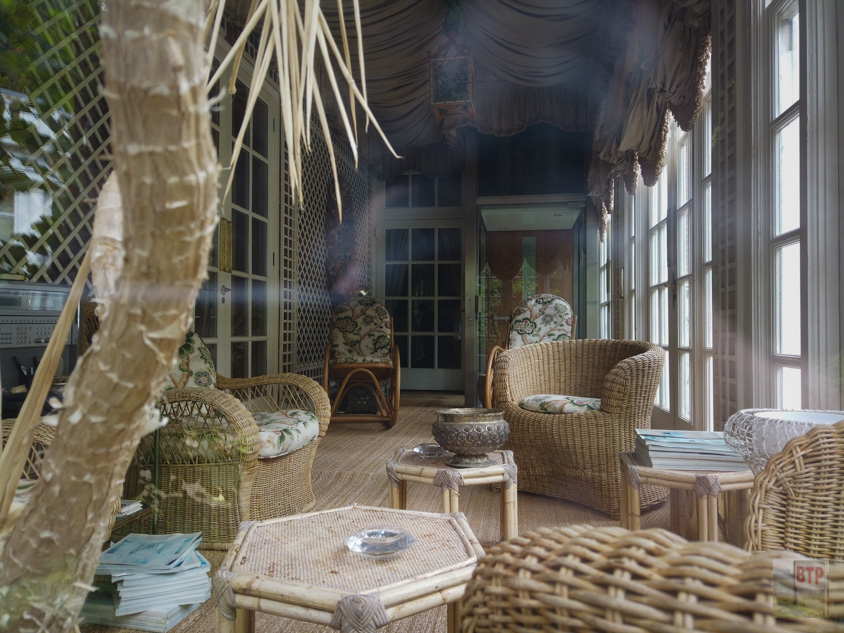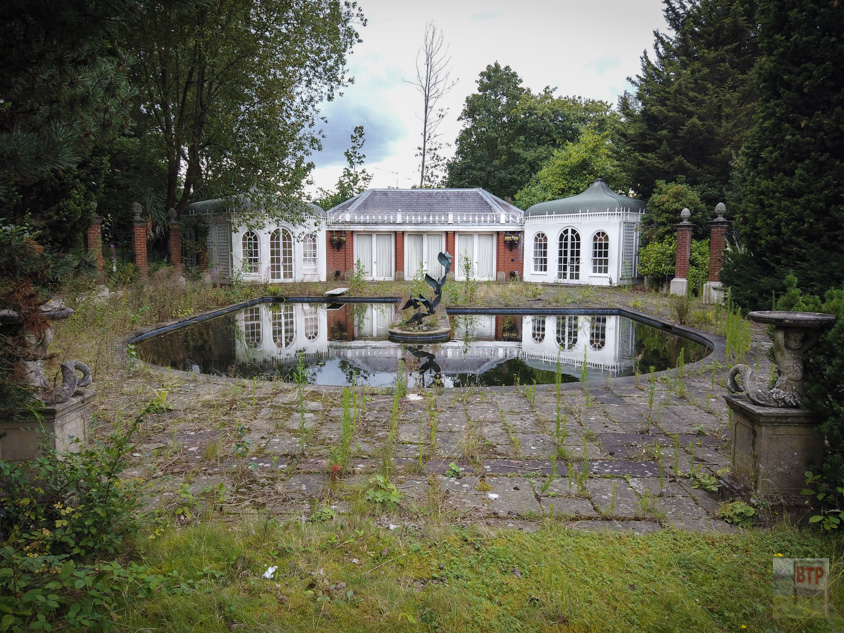
The houses stand in varied states and conditions, some crumbling at surface level but internally pristine as if the owners had simply walked out one day, whilst others are in an advanced state of dereliction exposed to the elements and unwelcome visitors. Some of the secured homes await sale like glass bubbles complete with furniture unchanged in decades. Other properties have burst, torn wide open despite security dog patrols every three hours, with their condition deteriorating by the day. Swimming pools, tennis courts, and a multitude of ornaments lie in the grounds of these mansions, but they have been left to drain and moss over as nature reclaims. The Bishops Avenue has attracted a lot of controversy in the midst of Britain’s housing crisis. These huge plots are being reserved as bullion by investors overseas rather than being used for what they are – as residences. Whilst it has been debated if some should be provided to the homeless, squatters have seized some properties illegally. What was once the ultimate place to live in London has now become a street of contrasts, with brand new sparkling halls standing alongside the sordid rejected ruins of the capital’s economic boom. Neighbouring roads have taken the limelight, immaculate and enclosed by private security checkpoints. With little prospects of purpose in sight, what will become of the abandoned mansions of London? For how long can their pillars hold?

